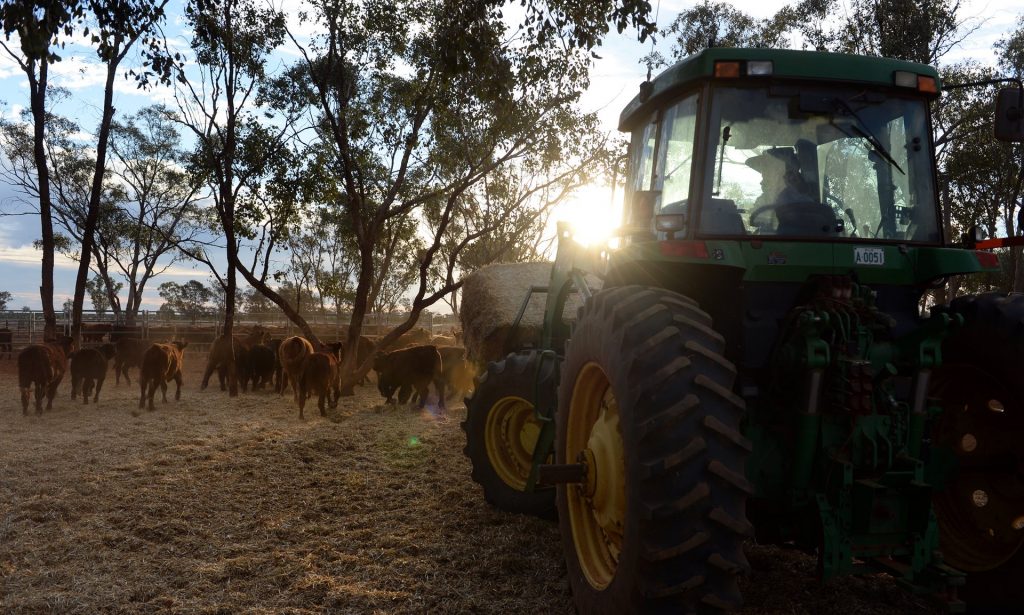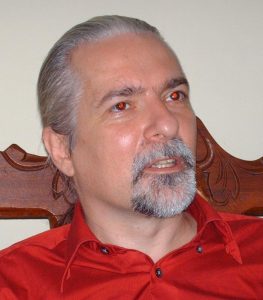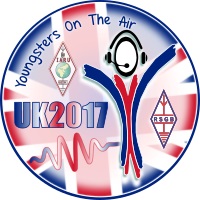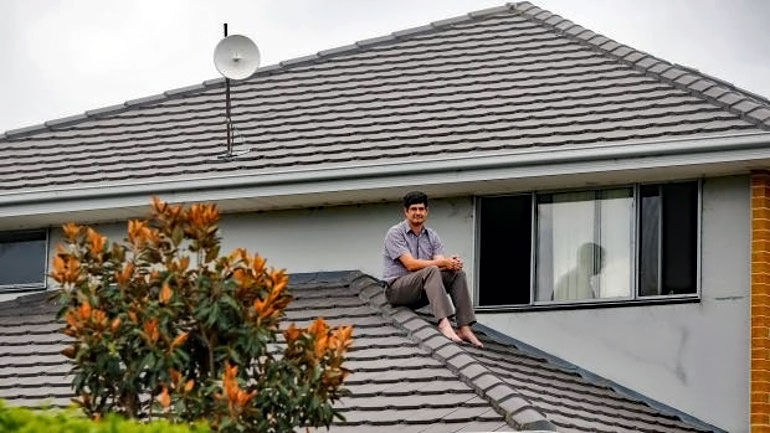From Radioworld, original post here. By Marguerite Clark, 26/1/17.
 The European Broadcasting Union is launching a new top-level domain name —.radio — for the radio community. The EBU will manage .radio, which it says can be used for web and email addresses, with the support of other world broadcasting unions, including ABU, AER, AIB, AMARC, ASBU, AUB, CBU, EGTA, IAB, NABA, OTI and URTI.
The European Broadcasting Union is launching a new top-level domain name —.radio — for the radio community. The EBU will manage .radio, which it says can be used for web and email addresses, with the support of other world broadcasting unions, including ABU, AER, AIB, AMARC, ASBU, AUB, CBU, EGTA, IAB, NABA, OTI and URTI.
According to the organization, this project is a community TLD and is run for the benefit of the whole radio industry and amateur enthusiast and reserved for people and companies with active interest in the radio sector.
“We are proposing that the radio community may like to consider securing the integrity of their web presence by requesting appropriate .radio domains for defensive reasons initially,” explained EBU’s .radio TLD Manager, Alain Artero.
“The TLD will be focused on content and matters specific to radio and we want to prevent speculators and cybersquatting in this TLD; this extension will therefore rapidly become a high-value internet space for websites, mail systems and other internet applications,” he said.
Categories that will be accepted for the use of a .radio domain include radio broadcasting stations, broadcaster unions; internet radios; radio amateurs; radio professionals (journalists, radio hosts, DJs) and radio-related companies selling radio goods and services.
The pre-launch phase, which the EBU points out is exclusively reserved for radio stations, will run from May 3 to July 5. All other categories of applications will be managed during the launch phase within a similar period of 60 days.
Those interested in requesting a .radio domain should contact an authorized registrar or the EBU directly. Prices will run between €200 and €250 per domain each year for companies, but are expected to be “much lower” for individuals.


 VK5EEE offers the following opinion piece on the state of the Australian Amateur scene:
VK5EEE offers the following opinion piece on the state of the Australian Amateur scene:
 What is it?
What is it?